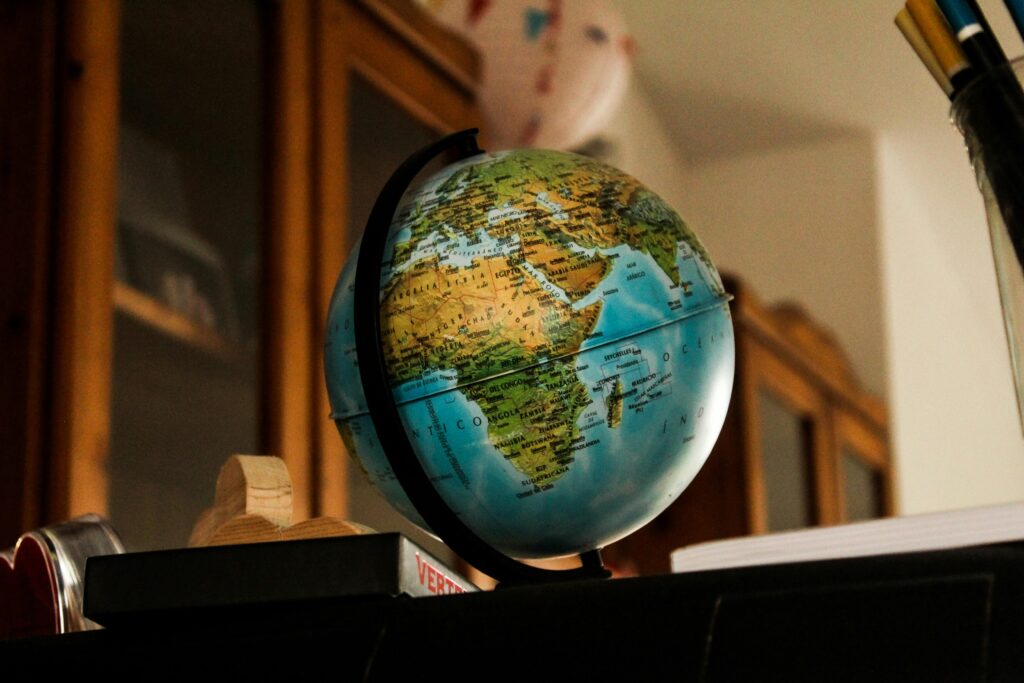- Google is extending the use of Geospatial Creator for marketing and travel.

This week, the company introduced new Geospatial Creator AR tools to enhance location-based immersive experiences at Google I/O 2024, a developer-focused product expo.
Google unveiled a pilot program for augmented reality (AR) that was formed in collaboration with several brands and companies to demonstrate how location-based immersive experiences may benefit businesses and the travel and tourism industries, among other announcements addressing AI, ML, and other technologies.
Through the improvement of its current ARCore, Geospatial Creator, and Photorealistic 3D Tiles, the company is able to accommodate complex immersive content that meets the standards of major companies. Google also uses its Maps app to let smartphone users interact with augmented reality information through integrated services like Lens and Street View.
With the addition of the “AR Experience” option to some map locations, smartphone users can now aim their cameras at a spot to view associated augmented reality elements and animations.
As an alternative, deep link URLs or QR codes on social media can be supported by the AR Maps feature to enable users to view the immersive images.
Google Incorporates Industry Partners to Broaden AR Experiences
Later this year, Google will launch an early access program with local businesses in the Singapore and Paris regions to test and improve its new location-based augmented reality features.
The six-month pilot program’s goal is to showcase location-based augmented reality’s practical applications. According to Google, a lot of businesses may use location-based augmented reality (AR) for marketing and brand promotion, giving them an interesting and data-rich method of connecting with consumers.
For instance, the Singapore Tourism Board and Google’s Arts & Culture division will collaborate to create immersive experiences during the pilot program that are centred around “key tourism precincts in the city.”
Through the trial initiative, the Singapore Tourism Board is introducing Merli’s Immersive Adventure, which offers consumers an enjoyable interactive experience together with useful information about restaurants and other aspects of the city for visitors.
As a result, this integration improves travelers’ experience and their engagement with the neighborhood’s businesses by providing travelers using Google Maps to navigate their trip with a deeper awareness of the places they are seeing for the first time.
In order to assist visitors understand more about the rich history of Paris, Google’s Arts & Culture division is collaborating with Rock Paper Reality to create an immersive historical experience.
With its trial AR service, Rock Paper Reality hopes to imitate the 1900 Exposition Universelle national pavilions and unfulfilled Eiffel Tower renovations as immersive educational tools that visitors may interact with in a dynamic digital way.
Developers’ Enhancing Geospatial Creator
Google is opening up new, easily available channels for the service in an effort to lure AR and RT3D developers to test out its new AR capabilities.
To increase platform accessibility, Google is first launching the new Geospatial Creator solutions on the Adobe Aero suite.
Additionally, Unity developers may now use the embedded C# programming language to create and modify large-scale anchored AR content using Geospatial Creator thanks to recent revisions.
Google claims that the Unity integrations assist creators of immersive content in attaching augmented reality experiences to various locations using widely available locational data.
In particular, Google is extending the reach of its ARCore Geospatial API to India, a nascent center for cutting-edge XR and digital solutions.
Google and HP will advance Project Starline.
The announcement follows Google and HP’s recent agreement for Google to offer its Starline product by 2024. HP and Google collaborated to bring Project Starline, the latter’s immersive video conferencing solution, back from the experimental stage, only days before the Google I/O event.
The gadget was developed over a number of years before being initially revealed at the 2021 I/O conference. In order to completely commercialize the device in time for its 2025 market launch, HP is currently collaborating with Google.
Project Starline shows a 3D representation of a colleague that accurately depicts depth and movement in order to improve distant communication. Additionally, it tracks the position of the caller and generates animations in response to head and eye movements.
The gadget will be marketed by the corporations as a hybrid working tool. Google will benefit from HP’s experience selling enterprise-grade solutions like audiovisual technology and unified communications as it expands its global Starline product line.
In order to enhance the Starline product in research and development settings, Google claims to have carried out a significant amount of internal and partner testing.
By collaborating with HP, Google hopes to incorporate well-known video conferencing services like Zoom and Google Meet and take advantage of HP’s expertise in commercialization. In the past, Google tested Starline with a range of enterprise end users, such as Salesforce, T-Mobile, and WeWork, through an early access program.







